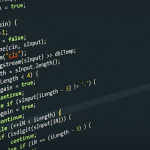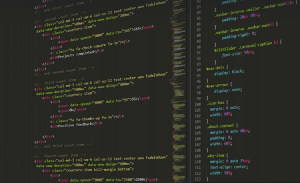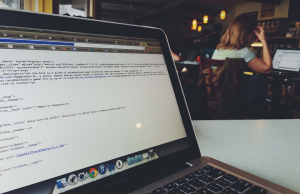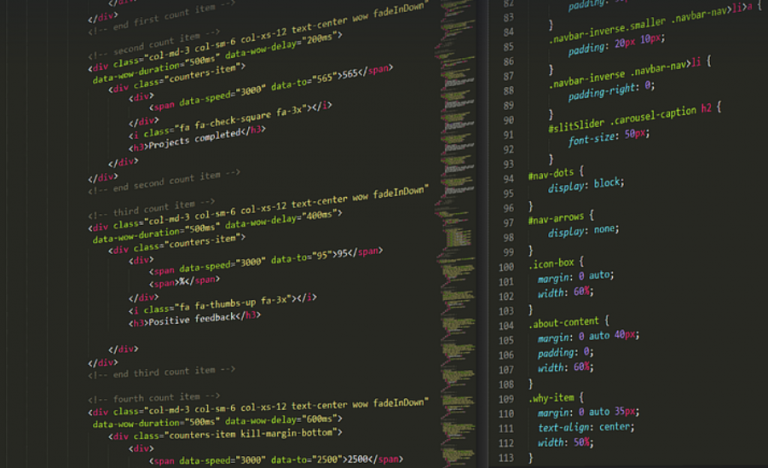The Power of Observation and the Quest for Answers
Imagine this: you’re enjoying a sunny afternoon, watching birds flit across the sky. You notice something peculiar – a particular type of bird is missing from its usual flock! Curiosity kicks in, and your mind begins to wander. This observation might spark a fascinating journey into understanding why that specific bird seems absent. Observing the world around us, even seemingly simple things like these feathered friends, provides us with valuable data points to fuel our curiosity and delve deeper. We begin to wonder about the factors impacting this change in bird behavior, perhaps their migration patterns or even food availability.
This initial observation is the foundation upon which the scientific method is built. It sets the stage for a systematic exploration of the natural world, guided by questions that pique our intellectual curiosity. Asking “why?” and seeking answers through evidence is at the heart of this remarkable process. The journey from simple observation to a deeper understanding involves more than just casual pondering; it’s about formulating hypotheses—educated guesses which attempt to explain the observed phenomenon.
Step 1: Observation & Curiosity
Our bird mystery invites us into the very essence of the scientific method – a systematic approach to unraveling the complexities of nature. This process, often referred to as the “scientific method,” guides researchers and curious minds alike in their quest for knowledge. The first step involves keen observation, carefully scrutinizing the world around us, asking crucial questions that spark further investigation.
What exactly is this bird’s usual habitat? Where would it migrate to during different seasons? Are there any changes in the environment that might affect its behavior? Why does it seem isolated from its flock? These are just a few questions that ignite our curiosity and lead us on an exciting journey of scientific discovery.
Observing seemingly insignificant details, like the absence of their usual feathered companions, can often unveil significant patterns. It’s about paying attention to even the tiniest inconsistencies in nature’s grand performance – a subtle shift in behavior that demands an explanation. This initial step sets us on the path towards understanding the natural world on a deeper level.
Step 2: Formulating Hypotheses
Having observed the phenomenon, it is time to craft our own theories about what might be happening. This step involves formulating hypotheses—educated guesses that aim to explain the observed pattern or behavior. Hypotheses are essentially testable explanations of phenomena. They are not just random thoughts; they are carefully formulated statements based on prior knowledge and experience.
In our bird mystery, a hypothesis could be: “The absence of this particular bird is due to an abundance of food resources in its usual habitat.” This hypothesis provides a plausible explanation for the observed behavior, prompting further investigation. A hypothesis is not just a guess; it’s a structured statement that can be tested through experimentation or observation.
Hypotheses, however, are constantly evolving as we gather more information and explore different avenues of research. It’s about embracing a mindset of continuous exploration, where the journey itself informs our understanding. The process of formulating hypotheses is not simply about stating a guess; it’s about laying down a roadmap for scientific exploration.
Step 3: Designing Experiments
Once we have formulated a hypothesis, the next step involves designing experiments that can provide evidence to support or refute it. An experiment is an investigation designed to test the validity of a hypothesis. It’s about carefully manipulating variables in a controlled environment to draw meaningful conclusions.
In our bird mystery, this might involve observing the bird’s behavior across different locations and seasons. Perhaps we could set up surveys, track their movements, or even conduct field studies to gather more information about the species and its behavior. A well-designed experiment allows us to isolate specific variables while controlling other factors that may influence the results.
Experiments can be simple, focusing on a single variable like food availability, or they can involve complex setups with multiple variables under controlled conditions. The key is to identify what information we need and then design an experiment that isolates those specific details for better analysis. Experiments act as powerful tools for scientific exploration, offering tangible evidence to support our hypotheses.
Step 4: Data Collection and Analysis
After conducting the experiment, the next step is to carefully collect and analyze data. This could involve recording observations about the bird’s behavior or quantifying variables like food availability. Data collection is about gathering information systematically and accurately, ensuring we capture all relevant details.
The collected data becomes crucial for interpreting the results and testing our hypotheses. Analysis involves organizing this gathered information into meaningful patterns, searching for trends and insights that reveal answers to our initial questions. Through analysis, we can determine if our hypothesis holds true or needs to be revised based on the evidence provided.
Data analysis is a process of making sense of data, identifying patterns, and drawing conclusions. It’s about turning raw numbers into meaningful stories that reveal deeper insights into the world around us. It’s crucial to consider the source of information, how it was collected, and any potential biases that may exist in the data itself.
Step 5: Drawing Conclusions
The final step involves drawing conclusions based on the analyzed data. This is about assessing the validity of our hypothesis, considering whether the evidence supports or contradicts it. Has the data provided enough support for our initial hypothesis? Did our experiment reveal something surprising?
Based on the results of our analysis, we can draw conclusions and refine our understanding. Our journey through the scientific method has led us to a deeper understanding of the world around us. Drawing conclusions involves carefully assessing the evidence and considering the implications of our findings.
The Journey Continues
This is just the beginning. The process of answering “why?” and applying the scientific method to unravel the mysteries of nature never truly ends. Each new observation, each experiment, and each analysis brings us closer to understanding the vast complexities of the world around us.
Even when we stumble upon unexpected results or encounter seemingly unsolvable problems, our journey through scientific exploration should remain an exciting one. The pursuit of knowledge is a rewarding journey that requires patience, persistence, and a willingness to embrace the unknown. After all, it’s the quest for answers that drives us to seek out new discoveries and unravel the mysteries of the natural world.















